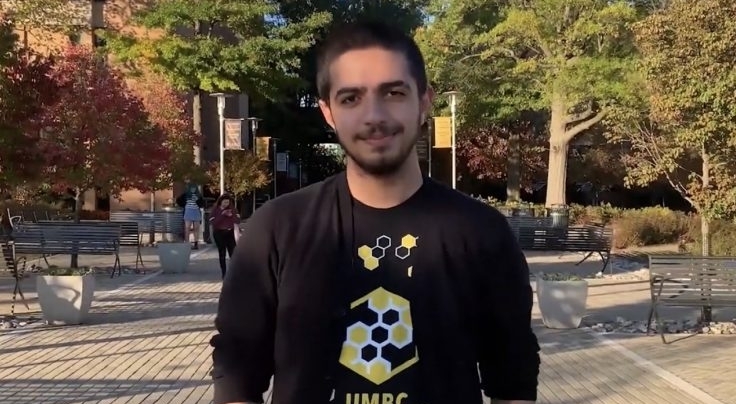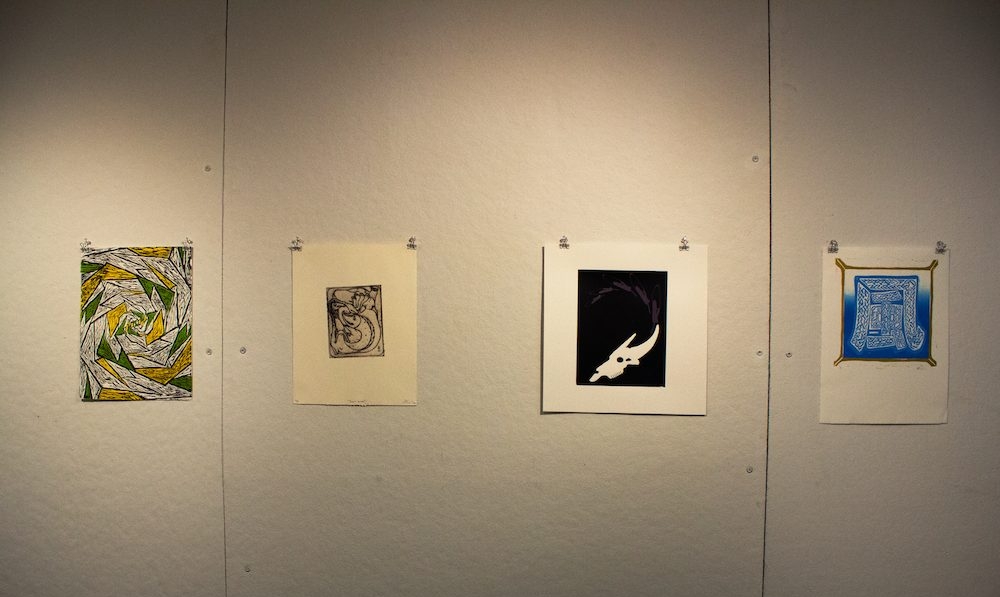In the last five years, the number of undergraduates with registered disabilities at the University of Maryland, Baltimore County has doubled; it went from under 3 percent to almost 7 percent. UMBC follows the Americans with Disabilities Act as a guideline to accommodate the increasing population.
In 1990, Congress passed the Americans with Disabilities Act, or ADA, as a civil rights law to prevent discrimination against people with disabilities. ADA requires all public spaces to comply with its standards for accessibility, such as doors that are wide enough to fit a wheelchair or having an accessible path to entrances and exits. Although UMBC is an ADA compliant, many students still struggle with accessibility.
“ADA is not enough by any means,” said Eiryn Griest Schwartzman, a disabled transfer student majoring in health administration and public policy. “Our campus needs to go beyond ADA compliant and into being fully accessible.” Schwartzman has been a disability advocate since they were 15 and currently serves as a board member for the National Council for Independent Living, one of the nation’s largest cross-disability organizations. They explained that a space that is fully accessible has the most accessibility possible for its type of facility, while ADA compliant spaces have only reached the legal minimum.
One situation where the campus is considered ADA compliant but is not fully accessible is the way students enter Chick-fil-A or Starbucks. The most direct entrance is two sets of heavy glass doors that lack a button to automatically open it, making it impossible for many disabled students to use. However, there is an alternative route to get to Chick-fil-A and Starbucks that is completely compliant with ADA regulations, which involves entering the first floor of the University Center and then using a back entrance to the Chick-fil-A and Starbucks area.
Another common issue is getting to the different buildings in the first place. UMBC’s hilly environment serves as a huge hindrance to physically disabled people on campus. After hearing Schwartzman’s personal struggles to get around, SGA senator Kai Hajos was inspired to work on creating accessibility transportation for campus. The idea is to have a transit route solely dedicated to helping disabled students. This transit route would be limited to campus grounds so students with cognitive accessibility issues, who may not remember at which stop to get off, would not accidentally end up outside of UMBC.
“It could be something as simple as going around in a golf cart or a van,” Hajos, a junior studying biological psychology, said. He pointed out that it would increase opportunities for student employment on campus if the drivers were students.
There have been improvements to campus accessibility over the years, which have primarily been overseen by the Office of Accessibility and Disability Services (ADS). ADS’s mission is to ensure that every individual on campus, regardless of their abilities, can participate in all university programs through accommodations.
“We are always fixing and adding to campus through little things that make huge differences that students don’t always realize are for accessibility,” said Tawny McManus, Assistant Vice Provost for ADS and Director of Student Disability Services (SDS). For example, several bricks on Academic Row had become unsettled through the years, making the pathway unstable and dangerous to many disabled students, particularly blind students who use canes to navigate. Last year, ADS worked alongside Facilities Management to replace the bricks with smooth concrete, which is often mistaken for simple landscaping maintenance.
In 2019, $700,000 have been spent so far on small modifications aimed to increase campus accessibility. These modifications include changing all the doorknobs in Sherman Hall and the Math and Psychology Building from ball-shaped knobs that provide little grip to lever handle knobs that are much easier to grab. Many doors were upgraded to be push-button operated. ADS also worked to ensure that every new All-Gender Restroom added to campus was completely accessible.
ADS sorts through complaints sent via their website for things on campus that need to be improved. One complaint frequently made is the lack of accessible parking. ADS has responded to the complaints by adding more handicapped parking in the Commons Garage but continued to get complaints because of the lack of spots in the Admin Garage. “You can’t make everyone happy, but we try to create a balance,” explained McManus. She reminds students that not every complaint can be fixed immediately.
Part of the problem is the slow process they go through to get funding for the projects. ADS must make proposals for accessibility projects, which need to be approved by the state government before they can receive government funding, their primary resource. ADS sends about three proposals to the state government at a time, but proposals usually have to be pitched several times before actually getting approved.
One project that repeatedly went through the proposal process before getting approval is a new elevator in the Biological Sciences building. The only way that students with wheelchairs or mobility scooters can currently access the building’s research lab is to go through the Commons Food Services to use a freight elevator. ADS recognized it as a problem after a student directly complained to them, and there are now plans to complete the elevator this year.
“What is important to me is students getting involved, attending events, reporting problems they see, but also knowing that we are here to help,” McManus said.
Olubunmi Ayodele, a disabled SGA senator majoring in social work, psychology and anthropology, believes that SDS can do a better job in getting students involved.
“Students have to reach out to [SDS], instead of them reaching out to students,” Ayodele said. “Not everyone is bold enough to reach out or even knows how unless [SDS] advertises it where students are.” She recommends that SDS sets up a table in the Breezeway to talk to students about what services they can provide and talking with students outside their office.
“I hope everyone can see that SDS really are trying their best,” Schwartzman said. “But sometimes their best just isn’t enough.”


Comments are closed.